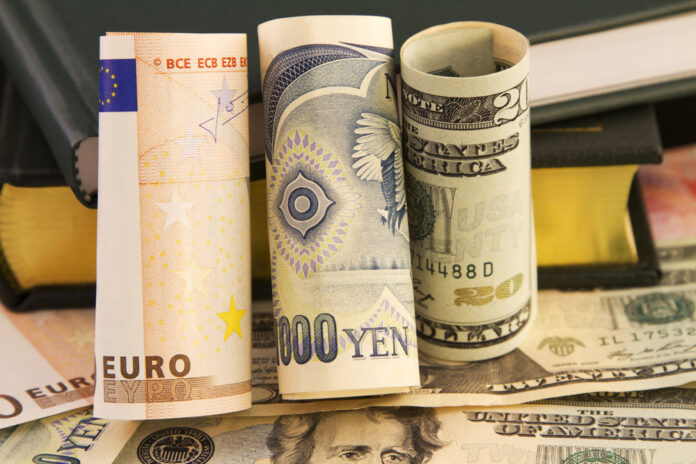Amongst the most commonly used Monetary Policy Tools are OMOs or Open Market Operations. OMOs involve the buying and selling of government securities by SBP (sometimes outright sale/purchase, sometimes via repo/reverse repo arrangements) to manage liquidity in the inter-bank money market and to align weighted average overnight rate in the money market near the SBP’s stated Policy Rate or Target Rate. The introduction of the overnight corridor in the inter-bank market, the subsequent de-designation of the Discount Rate as the implicit Policy Rate and the introduction of a rate in the middle of the corridor as the Target/Policy Rate are all part of the evolution that the SBP and the domestic Money Market have both gone through over the past decade or so.
The Policy Rate is called the ‘Policy’ rate for a reason. It means that it is the rate which will reflect the SBP’s Monetary Policy stance and the SBP will actively ensure that the overnight repo/reverse repo transactions in the money market are priced (on average and over a measurable length of time) at or near the Policy Rate. For this, the SBP may need to intervene in the domestic money market to either inject or mop-up liquidity from the system.
Mop-ups and Injections take the form of OMOs in which the SBP either conducts repo or reverse repo transactions as the case may be. In this context, the Repo (repurchase agreement) rate is the rate at which the SBP lends money to commercial banks (banks sell securities to SBP with a simultaneous agreement to buy them back at a stated date, mostly one week later). Similarly Reverse Repo (reverse repurchase agreement) transactions are where the SBP borrows money from banks (banks buy securities from the SBP with a simultaneous agreement to sell them back at a later date, again mostly a week later).
There is also a third type of OMO in which the SBP can sell securities outright to the banking system. These are securities that the SBP has on its own balance sheet and were created in the past as a result of government borrowing directly from the SBP. Government borrows directly from the SBP, the SBP then credits the government’s cash account. The SBP creates a simultaneous ledger entry in its own holding of equivalent value of government securities. The content in this publication is expensive to produce. But unlike other journalistic outfits, business publications have to cover the very organizations that directly give them advertisements. Hence, this large source of revenue, which is the lifeblood of other media houses, is severely compromised on account of Profit’s no-compromise policy when it comes to our reporting. No wonder, Profit has lost multiple ad deals, worth tens of millions of rupees, due to stories that held big businesses to account. Hence, for our work to continue unfettered, it must be supported by discerning readers who know the value of quality business journalism, not just for the economy but for the society as a whole.To read the full article, subscribe and support independent business journalism in Pakistan










Not that I am suggesting shock treatment for the banks, but trying to illustrate a point, ie, debt creation of money through fractional reserve banking, needs to be rethought.
*Ending free money for banks at the taxpayer’s cost*
• Commercial banks in Pakistan currently have a deposit base of ~ 20 trillion Rupees
• They hold ~ 13 trillion of GOP issued securities
• Assuming the SBP were to buy off all these securities from the commercial banks and at the same time does not want to have the impact of QE, i.e., it does not wish to add any money supply to the system to avoid creating inflation on that score. Thus, it would need to raise the Current Reserve Requirement (CRR) by a little more than ten-folds (from 6% to 65%).
• All the money released to the banks will have to remain in non-remunerative deposits with the SBP.
• Banks will stop earning interest on risk-of-default-free GOP paper. Let’s say we estimate it at one trillion rupees for the year, that would be the money that the SBP will earn on the GOP paper and pay back to GOP in dividends.
• The shortcut would be for the GOP to not to issue debt and not have an interest burden of one trillion rupees
• Why should the sovereign borrow the fiat currency that it issues?
• The aggregate new money to be created can be agreed between the MoF and the SBP to ensure that the new money creation between the GOP and the commercial banks remains within in line with the supply side growth.
Very interesting article. Furthermore, I would love to read detailed description of MMT and it’s applicability in Pakistani context.
Hammad Ansari from Twitter (@EngrH_Ansari)
https://profit.pakistantoday.com.pk/2020/01/13/the-radical-solution-to-pakistans-slowing-economy-print-more-money-simple/